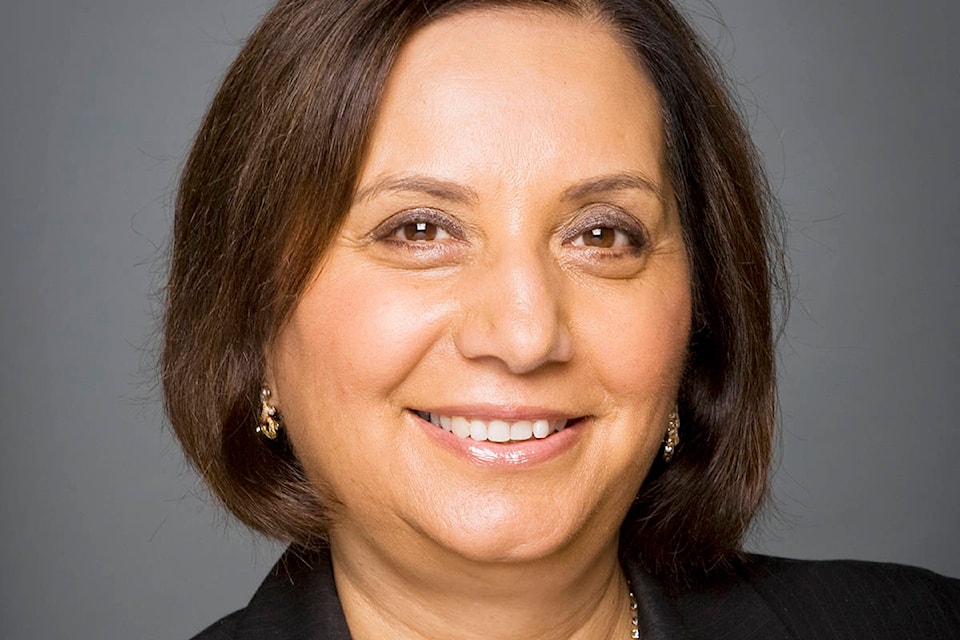The province is putting up another $50 million for about 200 municipalities and First Nations to apply for and connect their rural residents to high-speed internet.
Minister of Citizens’ Services Jinny Sims said this comes ahead of another $750-million CRTC fund for rural and First Nation communities expected to be announced this week.
“We’re certainly hoping to leverage that fund with our $50 million. We’ve been very lucky in the past. We’ve been able to leverage two, three, four times with the federal government, as well as with the private sector,” said Sims, in a phone interview with The Interior News from a technology conference in Vancouver.
Companies play an important role in the connection plan. Sims encouraged community leaders to work regionally to come up with a connection plan with local internet providers.
“What we say to them is we don’t decide where it is going to go, we rely on local communities – both Indigenous and municipalities – to work with the private sector to put together proposals that then get submitted to the CRTC.”
COLUMN: National internet access plan needed in next federal budget
Funding is available to help smaller communities that don’t have the resources to put together in-depth proposals through Northern Development Initiative Trust.
For areas far from high-speed cables, Sims said other ways of connection will be considered.
“When you get broadband along the major corridors, then it is possible with the new technologies that are coming along to put in a far more economical solution to reach those remote areas, including improvements we could do in satellite but also with the advent of 5G,” said Sims.
“It’s not one size fits all.”
All this is on top of the 150 communities connecting under the Connected Coastline project that reaches all the way up the west coast, which Sims hopes to see completed in 12 months.
READ MORE: New cell service coming to B.C.’s Highway of Tears
Since July 2017, 417 communities have connected or started to build connections to high-speed internet, defined as a download speed of 50 megabytes per second. That equates to 43,000 households, including homes in 74 Indigenous communities, according to the provincial government.
Sims said communities need to look at internet infrastructure the same way they look at roads and pipes. “This is just as essential as that now for survival, I would say.”
Connecting people also means people need to be able to afford it. Internet package prices are consistently higher in rural areas compared to urban areas, about $10 more for a basic $50-60 deal, according to an NDIT report.
“We are working very closely with the federal government, and I know they’ve made some announcements where they’re looking at addressing the difference. But we do know that key service providers do provide basic services at a very minimal low cost based on an individual’s income already,” said Sims.
She added that people have told her getting proper internet or cell service is a “game changer.”
“We’ve had tears in the room, even the announcement, never mind the actual connectivity that comes with it,” said the former history teacher.
“When Canada grew as a nation, it was with the great western railroad. As the railroad spread west, it helped economics grow, it helped communities to grow, and it led to many other arterial routes besides the single railroad coming across.
“To me, the digital fibre is the new railroad of the 21st century.”
